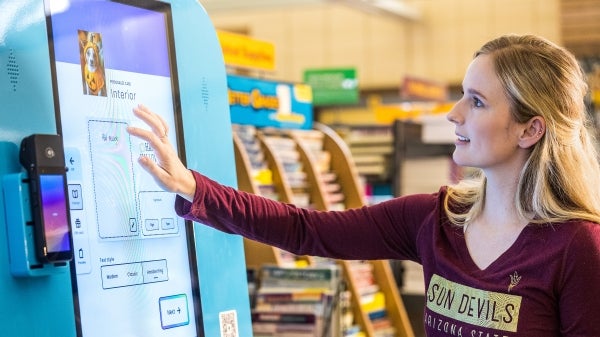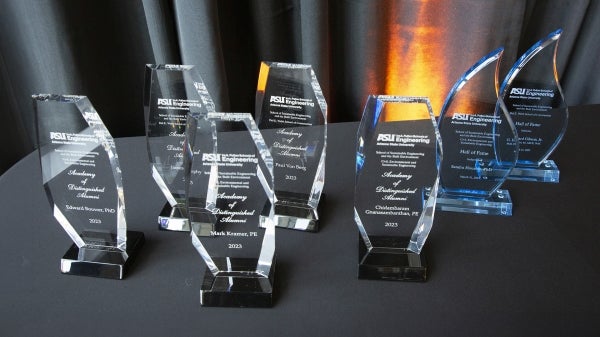When it comes to the economy, what does 2018 have in store?

Nariman Behravesh, chief economist and spokesperson at IHS Markit, has had the most accurate U.S. economic forecasts among the nation’s top economists for the years 2013 through 2016.
Will the current economic expansion break the longevity record? What does it mean for jobs, stocks, and interest rates? Nariman Behravesh says the disappointingly slow yet steady expansion of this decade may come to be viewed as a good thing.
The man with the most accurate forecasts — four years in a row — will deliver his predictions at a high-profile event in New York City on Oct. 11. Behravesh will also be honored with the Lawrence R. Klein Award, regarded as one of the best-known and longest-standing achievements in the field.
Behravesh, chief economist and spokesperson at IHS Markit, has had the most accurate U.S. economic forecasts among the nation’s top economists for the years 2013 through 2016.
The late Nobel Prize winner Lawrence Klein was Behravesh’s doctoral dissertation adviser at the University of Pennsylvania. Behravesh worked for years on developing and extending Klein’s large econometric models.
“I am doubly honored to receive the Lawrence R. Klein Blue Chip Forecasting Award. To begin with, the IHS Markit US Macro team and I are thrilled that our hard work in forecasting the U.S. economy has been recognized in this way,” said Behravesh. “In addition, this award has special meaning for me because Professor Klein was my mentor. I learned much of what I know about econometrics and forecasting from him. I gratefully accept this award in his memory.”
Behravesh demonstrated amazing consistency, outshining 50 competitors for this year’s award, which is judged and sponsored by the W. P. Carey School of Business at Arizona State University.
“The Klein Award competition is particularly challenging because it is based on how accurate the forecasts are on key economic indicators over the past four years. Good performance in a given year is necessary, but not enough,” said economics professor Dennis Hoffman, director of the L. William Seidman Research Institute at the W. P. Carey School of Business. “Nariman Behravesh had the most accurate projections of all the Blue Chip contributors for inflation and unemployment over the entire period, and was consistently solid on GDP. His average forecast error was remarkably low, among the best we have seen in the 30-plus years of the award.”
Behravesh has been covering the global economy for more than 40 years, making him one of the most well-known members of the economic forecast community, highly respected by academics and across the private sector, as well. As chief economist of IHS Markit, Behravesh oversees the work of more than 400 industry professionals worldwide, who cover economic, financial, and political development in over 200 countries. The author and former television host is cited extensively in the media and is a sought-after speaker at top global conferences.
Technology veteran Jerre Stead, the chairman and CEO of IHS Markit, will present Behravesh with the award.
At the ceremony Behravesh will deliver his 2018 economic forecast, including these predictions:
• The underlying growth rate of the U.S. economy is 2.0 percent to 2.5 percent — solid but unexciting.
• The fundamentals underlying consumer spending and housing (employment, income, net worth, etc.) remain strong.
• Strengthening growth overseas and a weakening dollar will help both exports and capital spending.
• One of the reasons why the expansion has lasted this long is the persistence of low inflation, thanks to excess capacity in goods markets and slack in labor markets, along with technology and globalization. This state of affairs is likely to last another year or two.
• In particular, commodity markets (including oil) remain over-supplied and the chance of a sharp rise in commodity prices, in the short term, is low.
• This means that the Fed will only raise interest rates gradually over the next couple of years, so that even by 2019 interest rates will be lower than they were in the mid-2000s.
• The biggest threat to the recovery in the near term is a policy mistake (in particular a government shutdown and/or a messy debt ceiling debate) or an escalating trade conflict.
• The greatest challenge to the sustained long-term performance of the U.S. economy is the puzzlingly low growth of productivity, especially in light of the apparent explosion of new technologies.
Notable guests will attend the invitation-only award ceremony Oct. 11 at the University Club in New York.
Guests include:
• Amy Hillman, dean of ASU’s W. P. Carey School of Business
• Dennis Hoffman, professor of economics and director of the L. William Seidman Research Institute at the W. P. Carey School of Business
• Hannah Klein, professor of biochemistry, medicine and pathology at the NYU School of Medicine
• Randell Moore, editor of Blue Chip Economic Indicators
The Blue Chip Economic Indicators newsletter is the source of the forecasts used to select the winner. Established in 1976, Wolters Kluwer's Blue Chip Economic Indicators is synonymous with the latest in expert opinion on the future performance of the U.S. economy. Each month, the newsletter compiles the forecasts of 50 leading business economists for key indicators of economic growth.
More Business and entrepreneurship

Thunderbird at ASU, W. P. Carey School team up on concurrent master's degrees
Students are now able to take advantage of two world-class schools at Arizona State University, at the same time. The…

ASU alum's personalized greeting card kiosk debuts on Tempe campus
Everyone knows how disheartening it is to dash into a store to grab a last-minute holiday card and find the selection picked over…

Celebrating industry giants and distinguished alumni
Four outstanding alumni and two industry leaders will be honored at the School of Sustainable Engineering and the Built…